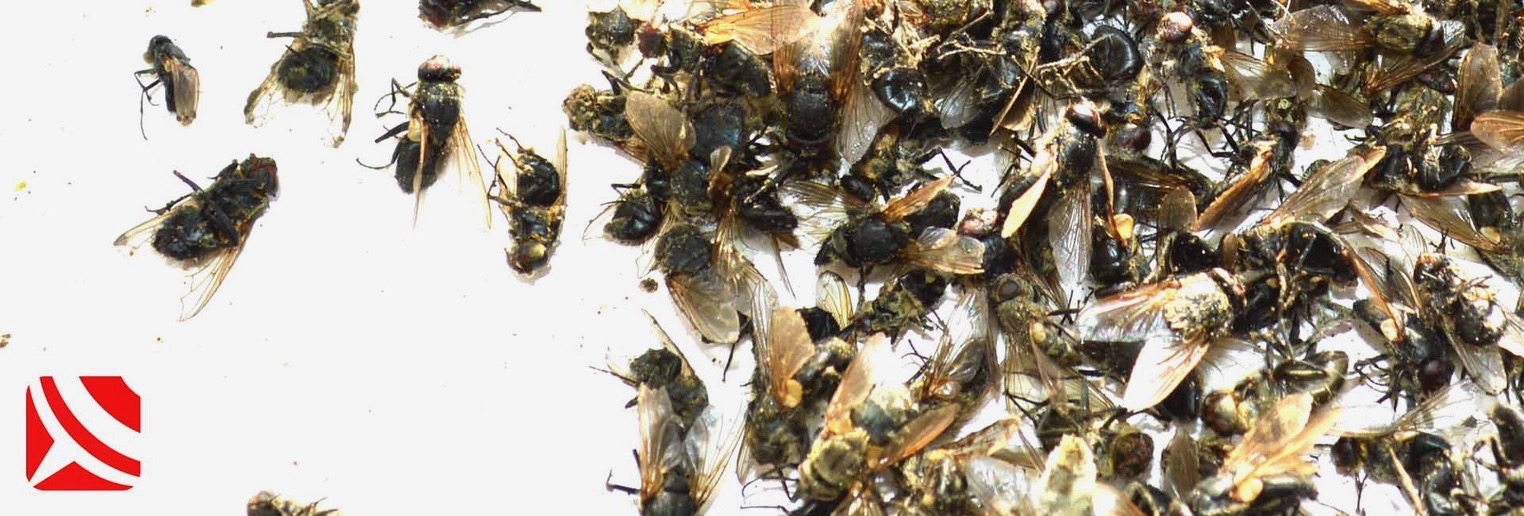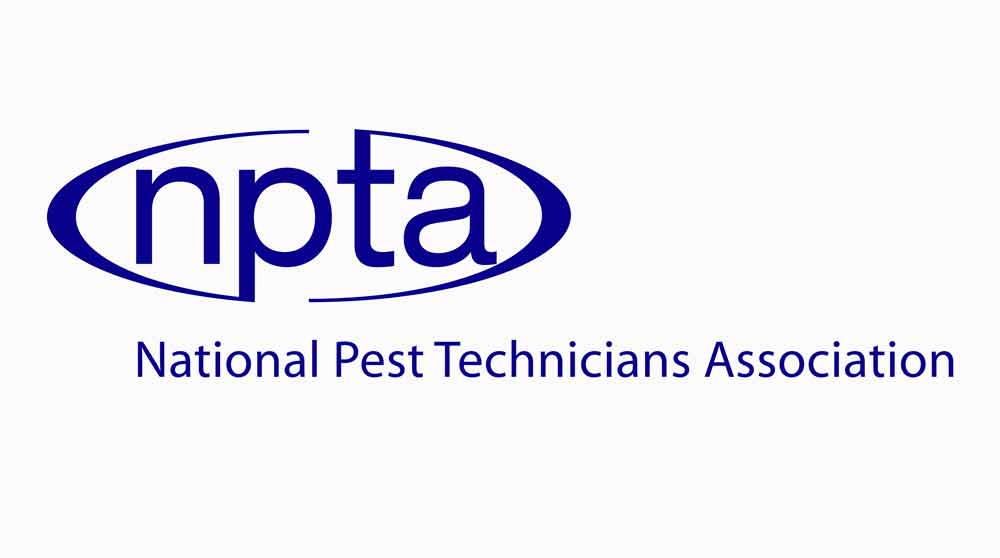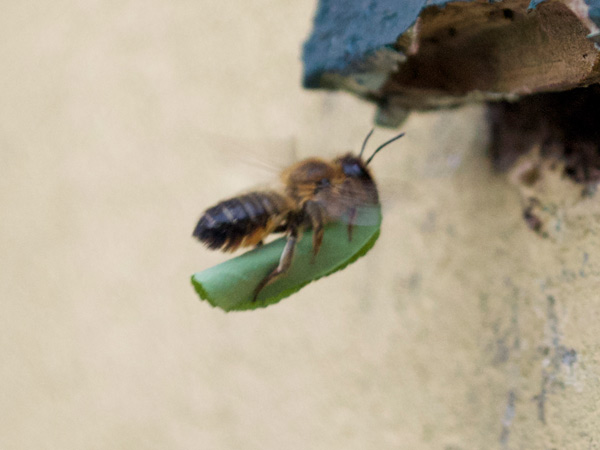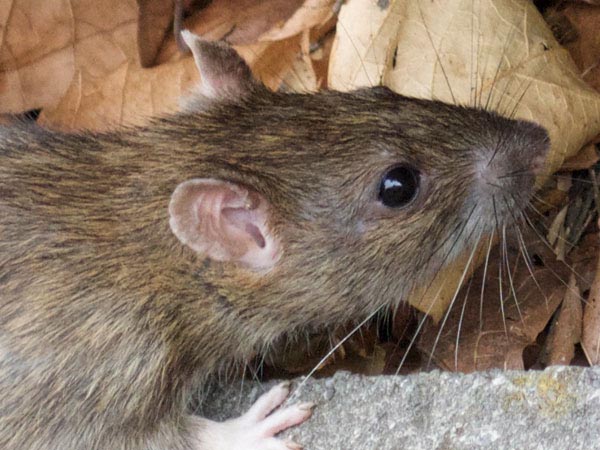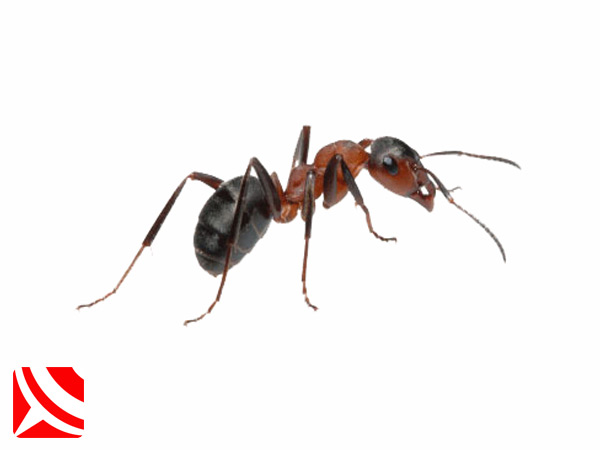For Insect Treatments That Solve : 0117 303 5181
Cat Fleas On Humans
Cat Fleas on Humans - Help and Advice
Eliminate Cat Fleas Now: CALL - 0117 303 5181
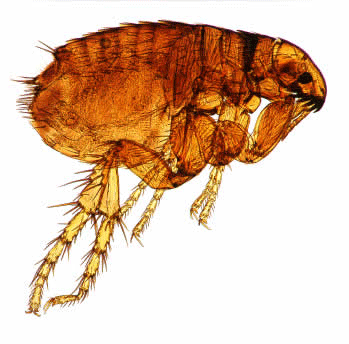
What Are Cat Fleas?
A Cats Fleas are distinctive from other insects in a number of key ways - Cat fleas are quite small, flattened insects that are a few millimetres long, appearing brown in colour especially once fed when they become a richer mahogany shade.
In terms of size they are about 1.5 - 2mm long with backward facing hairs that allow them to move easily through the victims (hosts) hair where they feed on the hosts blood. the other significant features are the incredible jumping range and a distinctive dark brown to black eye on the head.
The picture above you can clearly see the powerful rear legs and claws on the ends of the legs for grasping the hosts flesh, ensuring they have a firm purchase whilst they feed.
Why Should I treat Cat Fleas?
Cat fleas (Ctenocephalides felis) are the most abundant species of flea in the UK and this fleas bite is the very least of your worries.
Fleas might simply feed on your blood, but the reaction some of us have to the substances in the fleas saliva often cause us to scratch the bite site, causing the skin to scab over, and infected skin lesions to form and permanent scarring as a direct consequence.
So this makes sense so far but what happens if you swallow a flea? Probably nothing - but suppose you are a child and your digestive system is not so robust as a healthy adult - guess what's coming in with the infected flea? You likely thought disease, but it's the developing stages of an 18inch long tape worm called a cucumber worm (Dipylidium caninum). Freaked out yet, you should be.
Fleas have some amazing traits but they always come with a warning, because it's often the children or other vulnerable people in your home that are at the greatest risk from flea borne parasitic, viral and bacterial infection. Infection is not common, but becomes more likely in premises were fleas are only partially controlled if at all.
Partial flea control is a very common problem and the costs of doing a little every so often, very often heavily surpasses the costs of a professional treatment like ours that uses the very best approach with the very safest and advanced control methodology.
Pest Control Treatments For Cat Fleas
Large Cat Flea infestations quickly develop whilst your home is empty and we get called to customers every year who have returned home after a trip to become covered in pepper from the carpet or in other words hundreds of fleas all emerging from the floors etc simultaneously.
The flea's astonishing ability to jump 100 times its own height�allows it to easily make it onto a passing host (you or your pet cat). What's interesting is they only jump when it's light. What you will see when they get onto you is they quickly crawl up your legs and get under your clothing to feed. If you have a car then the fleas can infest your car and being in a confined space with fleas means you will wake the next day to find dozens of flea bites on your legs. You can't see the fleas feeding on you when you are driving!
What Pest Control Treatments Can Be Used?
You can waste hundreds of pounds on ineffective amateur treatments or you can bring in experts like us and do it properly ONCE!
Fumigation or ULV treatment offers a very quick knock-down of adult fleas, but offers virtually no residual control, so you pay to "control fleas in the moment" and nothing more. This is because it does little to disrupt the fleas life-cycle. What is good is that it penetrates most of the nooks and crannies that are commonly found in homes and will get into all the hard to reach areas in cluttered rooms.
Residual spray - this kills some fleas quickly but can't be used on delicate materials especially those that will be damaged by water. The spray should contain a residual insecticide that will provide killing power for months and should also contain an IGR (Insect Growth Regulator) to break the flea life-cycle.
In short - if you use one method it is a toss-up between temporary relief or prolonged suffering for about four weeks.
But if you want it sorted fast then you need to employ the combined power of both.
The products you can buy in the shops can have some effect but in general are a sorry match for the for large infestations that are only quickly taken care of by integrated methods that include both fumigation and residual sprays.
Common Sources of Fleas:
One of the big questions our customers often ask in relation to fleas affecting their homes or offices is very simply "Where do fleas come from"?
For the answer you need to engage in a small amount of detective work. You need to think when you first started experiencing the symptoms of bites, such as raised itchy patches on the skin or others in the same area reported seeing them or getting bitten by them. Once you have a little bit of a time line you need to ask some of these questions and of course give honest answers.
Where did I first notice them or the flea bites on my body?
The legs and lower arms are common places especially where the skin is delicate with a good vascular supply close to the surface. The neck is also a common spot to get bitten. Clothing is a great insulator and also provides fleas with a level of concealment.
Where was I when I noticed them?
What had you been doing that day? Had you had any visitors or had anyone else in that location? Had you been into a property or area where animals were or had been present? Had you been into a squat or old property where an animal had been kept up to eighteen months before? You should also ask questions like "has my neighbours cat entered my car whilst windows were open or the roof was down!
What time of day was it when I noticed them?
Was the weather hot or cold - was it day or night. Like all insects, they like warmth and if you are the warmest thing in a cool room then your heat signature alone will get them interested. If the room is warm or an area is exposed to sunlight through glass, then it speeds up the development time it takes for flea larvae to reach maturity or developing adults in pupae to mature.
Do you have any pets that have not received flea treatments?
Cats and dogs are often the source of fleas - however you also find that rabbits and other animals that frequent your garden will also leave these little critters for you to pick up. It is not uncommon for fleas to be present in one corner of the garden where badgers, hedgehogs or foxes are regularly seen at night or perhaps in the case of foxes, during the day.
Sadly it is often children who get bitten first as their skin is delicate and untainted with strong perfumes or aftershaves.
Pets that come into your homes and offices are also commonly responsible for infestations, and if you have a cat flap installed without a magnetic or infrared lock on it then it is very common for non resident cats to come into the property and nap on the sofas etc.
Fleas are normally present two to three weeks after initial infestation or quicker where large numbers of adults were present on the contaminating host. The only good news is that those fleas you eventually see are unable to breed without a blood meal from the respective biological host. This means that if a cat flea bites you it cannot breed, but can of course survive.
Bristol Flea Control: CALL - 0117 303 5181
10 Great Reasons To Try Our Bristol Pest Control Services:
Local - Your genuine Bristol Pest Control business, founded here in 2007.
Free Advice - When you need it, so you can always make an informed decision.
Convenience - Evening inspections and pest treatments at no extra cost.
Value - You always get more, with offers and discounts for returning customers.
Trust - Excellent reputation, with all staff RSPH Qualified and BASIS Accredited.
Reliable - We always endeavour to arrive when promised.
Quality - Because you deserve quality, we always use the best products.
Code Of Practice - We follow the BPCA code of practice - £5 million PL Insurance.
Training - On-going CPD ensures our service to you continues to improve.
Health & Safety - We take this very seriously with a Written Health & Safety policy.
Bristol Pest Control ServicesLocal Places And Areas Our Pest Control Service Covers
Bristol - Clevedon - Portishead - St Annes - St Pauls - St George - Sneyd Park - Fishponds - Eastville - Easton - Frenchay - Filton - Westbury - Stoke Bishop - Stoke Park - Southville - Long Ashton - Patchway - Bradley Stoke
